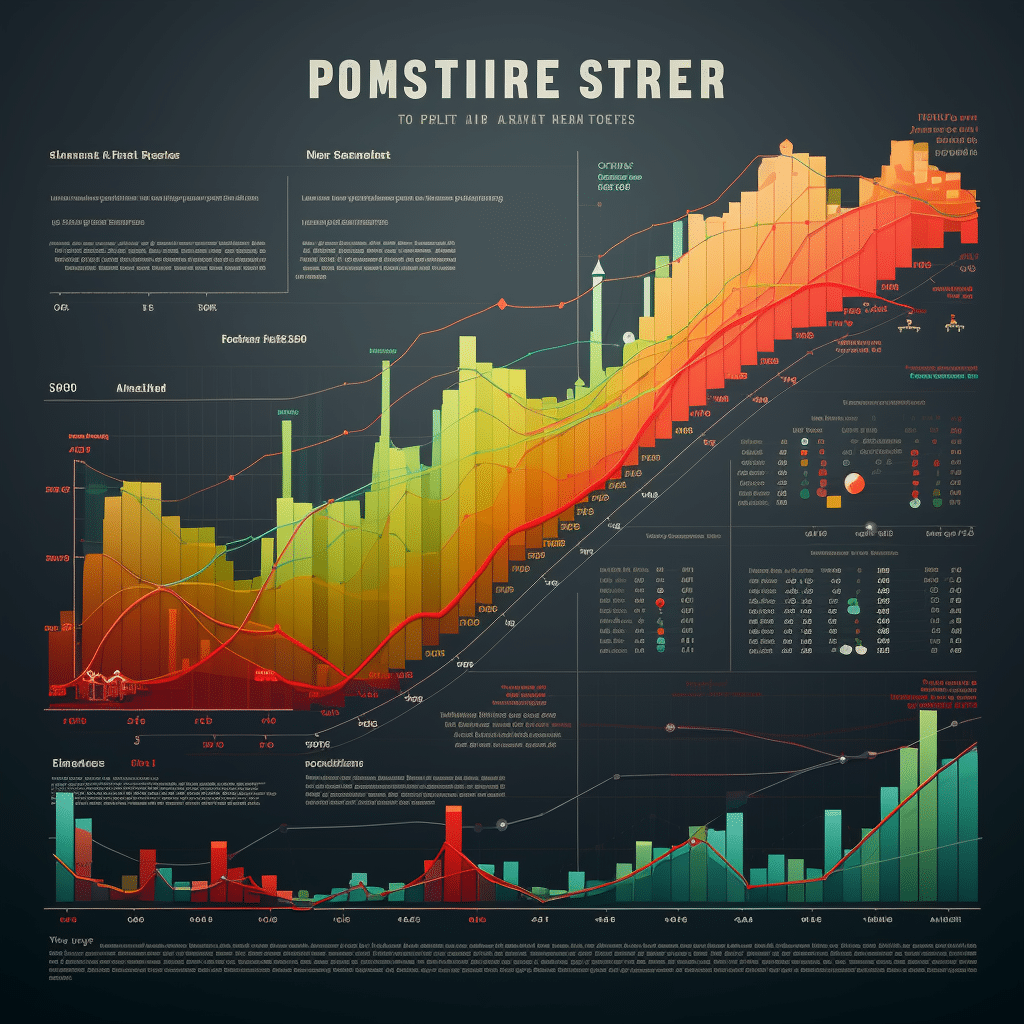Venturing into the world of mortgage rates can feel like stepping onto the wildest of roller coasters. And sure enough, the prime interest rate history in the U.S. reads like a thrilling page-turner, with ups and downs that have profoundly impacted homeowners and businesses alike. Join me on a journey to explore the 5 wild turns of historical prime rates and what they teach us about the delicate art of financial foresight.
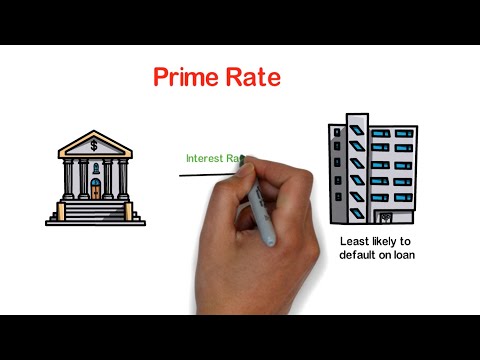
Venturing Back in Time: A Glimpse into Historical Prime Rates
The Emergence of Prime Interest Rates
Once upon a time, during the sleepy 1940s, the prime interest rate was just like a long, serene stretch of highway, cruising around 1.75%. But, lo and behold, economies evolve! The prime rate began its dance alongside economic growth, inflation, and central bank policies. It became the benchmark for lenders, signaling the rate at which the most creditworthy customers could borrow.
Data Deep-Dive: Unpacking the Historical Prime Rates
Roll up those sleeves because we’re diving deep into the data. Here’s a snapshot: in the giddy ’60s, rates hovered between 4-6%. The ’70s brought a bit of a dance, jumping to around 7.75% by the end. But hold onto your hats, as we’ve not seen anything yet.
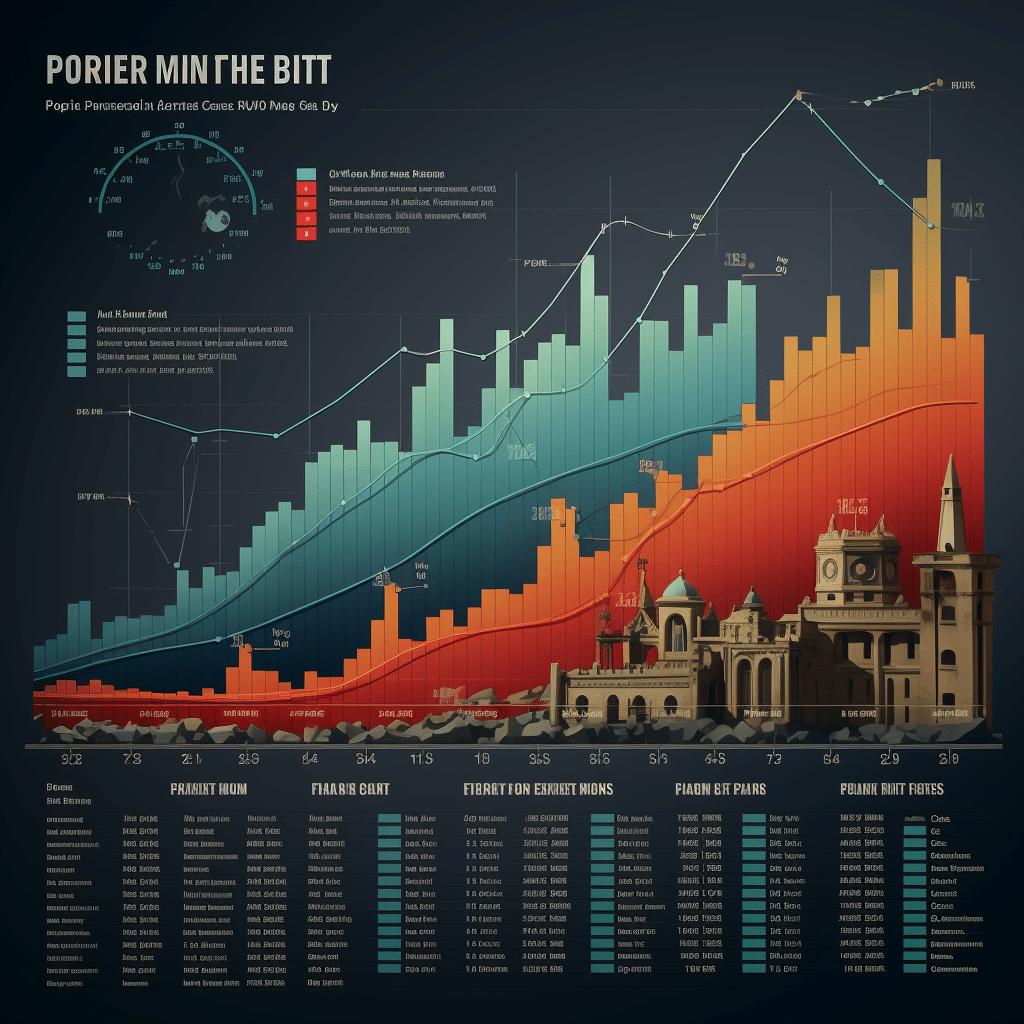
The Early 1980s Explosion – Prime Rate Historical Highs
Analyzing the Economic Climate of the 1980s
Ah, the 1980s, known for its big hair and, you guessed it, even bigger prime rates. Paul Volcker, then Chairman of the Federal Reserve, waged war on inflation, hiking rates to astronomical levels.
The Impact of Sky-High Prime Rates on Consumers and Businesses
Imagine trying to snag a mortgage or a car loan with the prime rate historical high of a whopping 20% in 1981! Homebuyers were shell-shocked and businesses found borrowing costs through the roof. It was a tough time that we can best describe as an economic pressure cooker.
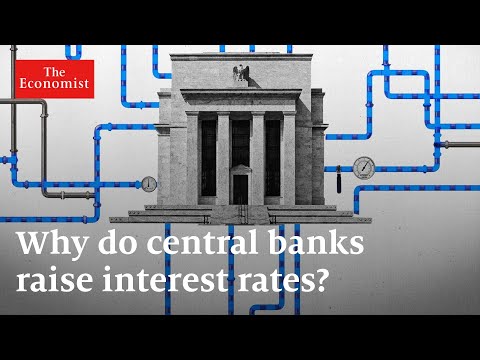
| Year | Prime Rate (%) | Federal Funds Rate (%) | Notable Economic Events |
| 1981 | 20.50 | 14.00 – 22.36 | Extremely high interest rates to combat inflation |
| 1990 | 10.00 | 6.25 – 8.25 | Mild recession |
| 2000 | 9.00 | 5.00 – 6.50 | Economic expansion; dot-com bubble burst |
| 2008 | 3.25 | 0 – 0.25 | Global financial crisis; Fed cuts rates |
| 2015 | 3.50 | 0.25 – 0.50 | Fed starts rate normalization after recession |
| 2020 | 3.25 | 0 – 0.25 | COVID-19 pandemic; Fed cuts rates to stimulate |
| 2023* | 8.50 | 5.25 – 5.50 | Continuing recovery from pandemic effects |
The Dot-Com Bubble Burst – Prime Rates History Takes a Dip
The Technology Sector Fall-Out and Its Effects on Prime Rates
Fast forward to the turn of the millennium – the internet’s adolescence. Investments in tech companies surged, but the bubble had to burst at some point. And burst it did, sending the economy into a reset mode and prime rates on a downward trend, maneuvering the chop up-and-down like a Beis Backpack on a hiking trip.
Recovery and the Lessons Learned from the Dot-Com Crisis
So, what did we learn? Like a well-used curling wand, what goes up must come back down – creating waves in the process. The recovery emphasized the importance of diversification. Don’t put all your economic eggs in one basket, folks.
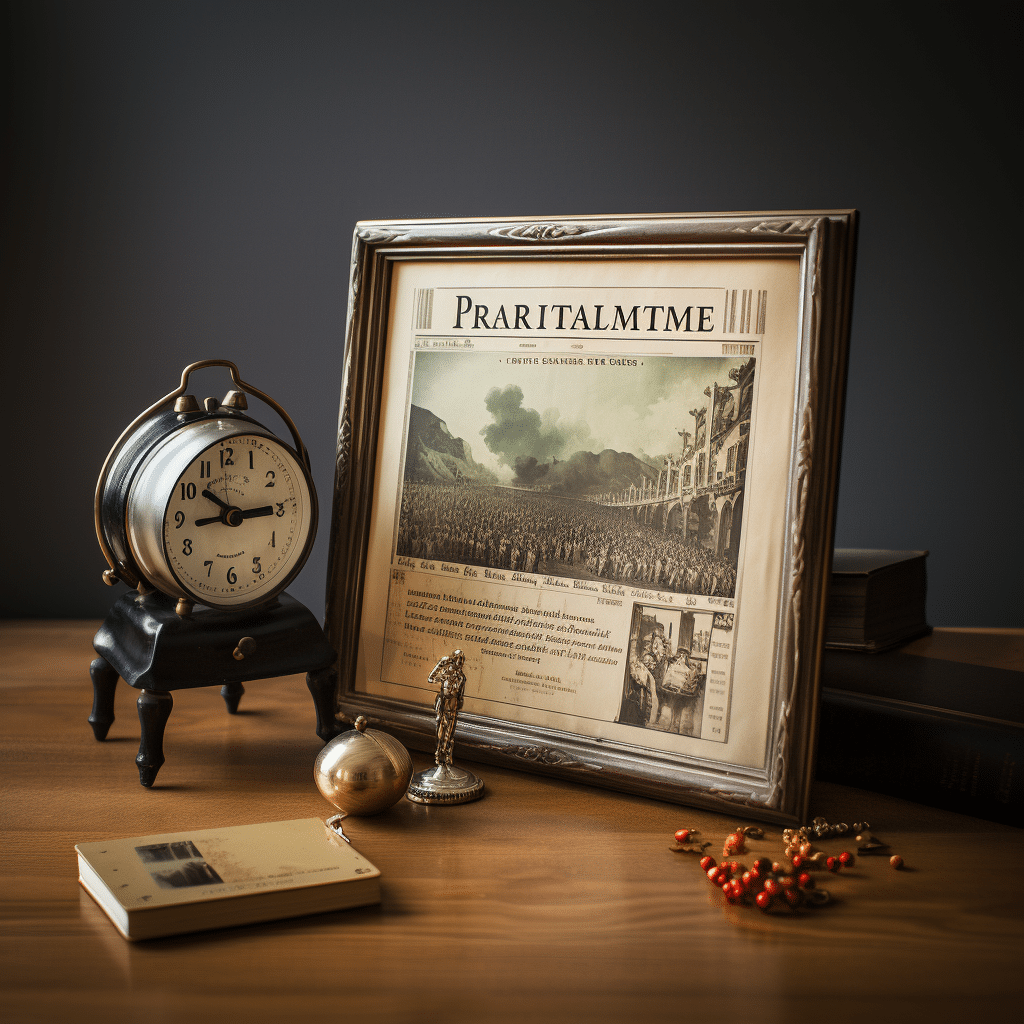
The 2008 Financial Crisis – History of Prime Rate in Turmoil
The Mortgage Meltdown and Its Dire Effects on the Prime Interest Rate
If the Dot-Com bust was a wave, the 2008 financial crisis was a tsunami. Triggered by a meltdown in mortgage-backed securities, this period saw the prime rate slashed to cushion the blow. At one point, we marveled at the prime dropping to 3.25%, as if it was performing a Houdini act.
Government Intervention and the Path to Prime Rate Stabilization
The U.S. government didn’t play the role of a bystander. A slew of interventions – quantitative easing, anyone? – played a massive role in getting the economy out of the woods. But it didn’t happen overnight. Patience and meticulous strategies were the main acts in this economic drama.
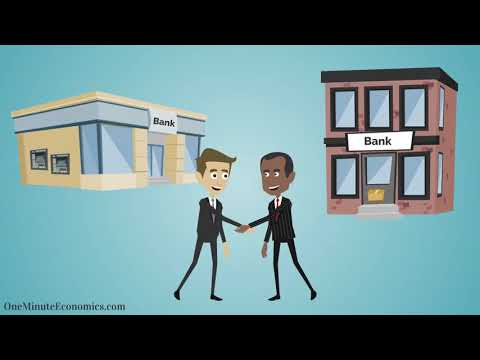
The Pandemic Pivot – Prime Rate History 2022
A Global Crisis and the Push Towards Near-Zero Prime Rates
Cue the unforeseen plot twist of the century – a health crisis turning into an economic one. As Mi̇a Ki̇rshner brought depth to unexpected film roles, the pandemic spurred near-zero prime rates, with central banks worldwide stepping on the monetary policy brakes.
Analyzing the Effectiveness of Prime Rate Cuts During the Pandemic Era
The jury’s still out on the long-term effectiveness of these cuts. But what we know for sure is that they provided breathing space, like a curling wand giving room for bouncy curls to form. These rates gave businesses a fighting chance to survive and allowed homeowners a sigh of relief with lower mortgage payments.
Current Shifts in Prime Interest Rate History
The 2024 Economic Landscape and Prime Interest Rate Trends
Fasten your seatbelts; we’re in for a dynamic ride. As of November 2023, the prime interest rate stands at a steadier 8.50%. Rather bumpy compared to the rock-bottom rates we’ve seen, huh?
Future Predictions: Where Are Prime Rates Heading?
Though I can’t gaze into a crystal ball, the interconnectedness of the economy and interest rates suggests we’ve not reached the end of our rollercoaster journey. The current prime interest rate is a testament to the ongoing attempts at balancing the scales.
Conclusion: Reflecting on the Prime Interest Rate History and Its Economic Dance
Synthesizing Historical Prime Rate Fluctuations and Modern Implications
We’ve been through the wringer, huh? Historical prime rate fluctuations feel like they’ve got more twists than a Jonah Falcon flick. But reflecting on this history, it’s clear: prime rates are the economy’s tempo, and boy, does it love to switch up the beat.
Carrying Forward the Lessons of Prime Interest Rate History
What do the wild turns of the prime interest rate history teach us? They whisper secrets of economic resilience and caution. For homeowners tapping into tiny Homes trends, businesses exploring Rebelde ventures, or mortgage brokers defining subordinating interests, the past offers valuable lessons. Keep your eyes peeled on those rates, for they wield the power to map the course of our financial journeys.
Remember, the history of prime rate is not just a series of numbers – it’s a story of our collective economic endeavors. Let’s learn from it, armed with the knowledge necessary to navigate tomorrow’s uncertainties. With the lessons of history in our back pocket and an eye on the horizon, we’re set to sail through whatever choppy waters may lie ahead.
A Whirlwind Tour Through Prime Interest Rate History
Hang onto your economic hats, folks, ’cause we’re about to take a roller coaster ride through some of the wild twists and loops in prime interest rate history! These aren’t your run-of-the-mill historical tidbits; think of them as the economic equivalent to a blockbuster movie, starring the ever-changing prime rate.
When Rates Shot Up Faster Than a Speeding Bullet
Man, oh man, back in the 1980s things were totally out of whack! Picture it: inflation was running rampant, and something had to give. That’s when the prime rate decided to shoot through the roof, peaking at an astonishing 21.5% by December 1980. Can you imagine that happening today? People were as shocked as if they’d spotted Mia kirshner at their local supermarket! Speaking of spotting celebrities in unexpected places, you really should check out the latest on Mia Kirshner.
The Dance of Decline
Fast-forward to the lighthearted ’90s and the script totally flipped. By 1991, the prime rate had done a wild little dance and dipped down to 6%. This was the era of grunge, Tamagotchis, and yup, friendlier interest rates making a place for themselves in the prime interest rate history hall of fame.
The Quiet Before the Economic Storm
Now, let’s shimmy onto the early 2000s. Everything seemed hunky-dory; rates were sorta like that quiet kid in class, steady and unassuming. But then 2008 hit, and bam! The economy faced its darkest hour since the Great Depression. Rates dropped lower than anyone could’ve guessed, practically hitting the floor. I mean, define subordinating — this was like all other economic factors had to step aside and watch the prime rate take a dive to support the economy.
A Historic Hibernation
And what about post-2008? Boy, prime rates hibernated like a bear in winter. It stuck to historic lows for so long, you’d think it was trying to set a new record or something. People were borrowing cheaply for years, which, let’s be honest, was kinda nice while it lasted!
The Recent Rate Resurgence
Coming up to the more recent chapters of our story, around 2015 to be precise, the prodigal prime rate finally woke up. It started creeping up, slowly but surely, like a cat on the prowl. The economy was back on its feet, and rates were inching upwards, gearing up for a new phase in prime interest rate history.
Well, ain’t that a hoot? Prime interest rate history is more roller-coaster-y than you thought, huh? Just goes to show, in the world of finance, just like in life, the only constant is change!
